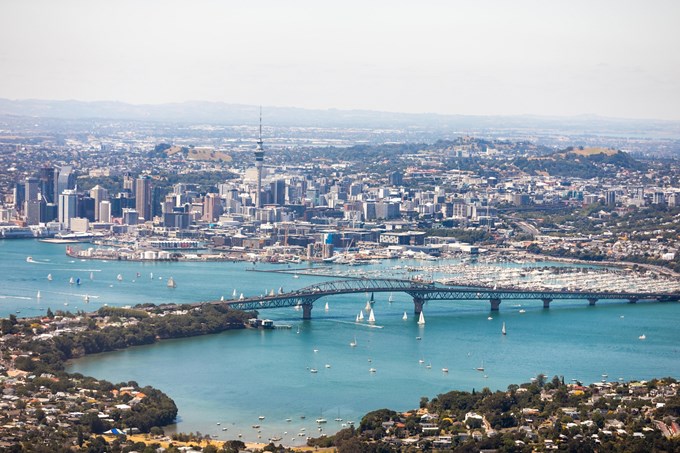Auckland Council is asking Aucklanders for their feedback on its new Future Development Strategy from 6 June – 31 July 2023.
The strategy is our big-picture vision, shaping how and where Auckland should grow over the next 30 years and where we’ll need infrastructure to accommodate a half million more people by 2053.
So, why is the strategy needed? What does it do? And how can you be involved? Here’s a quick run-down of the top 10 things you need to know:
- Over the next 30 years, Auckland will continue to grow and change significantly. An estimated 520,800 more people are expected to live in Auckland in that time taking our population to2 million. We’ll need 282,600 more jobs and space for around 200,000 new homes.
- Cities can grow in many different ways. However, for cities to grow well it doesn’t all just happen organically, we have to plan for it and this is where the Future Development Strategy comes in.
- The strategy proposes that most of Auckland’s future growth is focussed in our existing urban areas, where most people choose to live, and closer to town centres. This gives people easier access to their daily needs (work, services, and shops) by walking, cycling, and using public transport. This is critical for tackling congestion and lowering emissions, and for reducing household transport costs and travel times.
- Growth on our undeveloped land on the city fringe (greenfield land) will be phased over 30 years and longer, with urban development in some greenfield land being delayed until critical infrastructure, such as good public transport networks, can be provided to ensure safe, sustainable communities.
- Some limited greenfield land will be removed from future urban development where houses would be exposed to significant natural hazards, or developing these areas would contribute to more congestion and emissions as they would be too far away from jobs or services. Currently, 40 per cent of Auckland’s total emissions are from transport.
- To cater for Auckland’s growth over the next 30 years, an estimated 200,000 additional dwellings will be needed. Auckland Council has enabled more than enough to meet this demand with a total housing capacity of more than 2.3 million new homes in our urban areas. The proposed changes in the FDS to where development occurs removes just an estimated 5,000 dwellings, resulting in a minimal impact on overall housing capacity.
- With limited funding to maintain and improve our vital infrastructure, such as water and transport, this strategy also looks at where our infrastructure investments should be prioritised over the next 30 years. We cannot afford to invest everywhere at once, so the Future Development Strategy proposes focussing most investments where planned growth is occurring, and in areas where the most people can benefit from the investment.
- The proposed priority areas for investment over the short to medium term (first 10 years of the Future Development Strategy) are: The Auckland Housing Programme priorities of Mt Roskill, Tamaki and Māngere, the city centre, Karangahape Road and Maungawhau (with a focus on the areas surrounding the future City Rail Link stations), Westgate, and parts of the Drury-Ōpaheke area.
- We’re asking all Aucklanders to give feedback on what we’re proposing for how and where Auckland should grow over the next 30 years.
- The draft Future Development Strategy opens for public consultation on 6 June to 31 July. To have your say, visit nz/futureauckland


